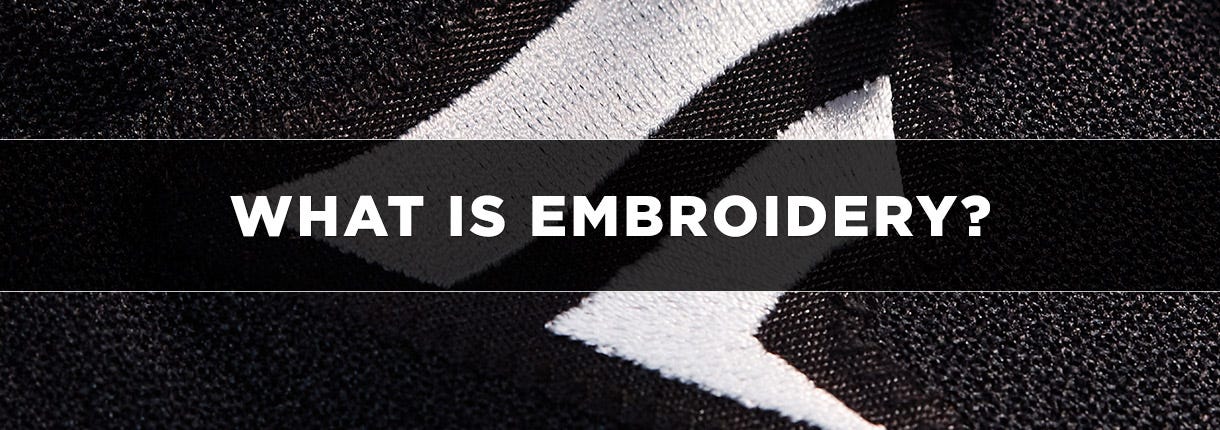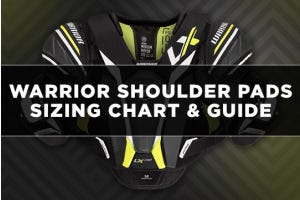What is Embroidery in Hockey? A Comprehensive Guide

Heat press printing has become a game-changer in the world of customization, offering a quick and efficient way to personalize apparel and merchandise. In the fast-paced world of hockey, heat pressing plays a vital role in creating custom jerseys, adding a touch of individuality and team spirit. But what exactly is heat press printing, and how does it work? This comprehensive guide delves into the world of heat press printing, exploring its process, materials, and exciting applications in hockey.
In this article, we will cover:
Embroidery Printing Explained
Embroidery printing, also known as applique embroidery, combines pre-cut fabric shapes with traditional embroidery techniques. These shapes are either heat-sealed or sewn onto the fabric before the actual embroidery is done. This method allows for intricate designs and logos, making it a popular choice for hockey jerseys.
How to Do Embroidery?
Embroidery is the art of decorating fabric with thread and a needle. While seemingly simple, it offers a surprising amount of depth and creative freedom. To get you started, here's a step-by-step guide on basic embroidery techniques:
- Gather your tools: You'll need an embroidery hoop, embroidery needle, embroidery thread (in various colors), fabric scissors, and your chosen fabric.
- Transfer your design: Trace your design onto your fabric using a light source or a special transfer pen.
- Thread your needle: This technique varies depending on the type of needle, but generally involves looping the thread and pulling it through the eye of the needle.
- Choose your stitch: There are numerous embroidery stitches, but for beginners, a simple running stitch or backstitch is a great starting point.
- Embroider your design: Follow your traced design, pushing the needle through the fabric and bringing the thread up, creating your chosen stitch pattern.
- Finishing touches: Once complete, secure the thread by tying a knot on the underside of the fabric.
Choosing Fabric for Embroidery
The type of fabric you choose plays a big role in the success of your embroidery project. Here are some key things to consider:
- Weave: Look for tightly woven fabrics like cotton, linen, or denim. Loose weaves can snag your thread and make stitching difficult.
- Weight: Medium-weight fabrics are ideal for embroidery. Lighter fabrics might not hold the stitch well, while heavy fabrics can be cumbersome to work with.
- Color: Choose a fabric color that complements your embroidery thread colors.
Embroidery Applications: Focus on Hockey Jerseys
Hockey jerseys are a prime canvas for showcasing team spirit and player individuality through embroidery. Here's how:
- Customization: Names, numbers, team logos, and even sponsor patches are all commonly embroidered on hockey jerseys.
- Popular placements: Player names and numbers are typically placed on the back, while team logos are usually stitched on the front chest area. Shoulder patches are another popular spot for additional logos or information.
- Durability and care: Embroidery threads used for jerseys are chosen for their strength and durability. However, it's still important to follow proper care instructions to ensure longevity. Wash jerseys inside-out on a gentle cycle and avoid harsh detergents.
FAQs on Hockey Jersey Embroidery
- How long does it typically take to complete an embroidery project?
- The time it takes to complete an embroidery project depends on the size and complexity of the design. A simple name and number on a jersey might take an hour, while a detailed logo could take several hours.
- Can embroidery be removed and redone?
- Technically, yes, embroidery can be removed, but it's a delicate process that can damage the fabric. It's best to ensure your design is perfect before stitching.
- Is machine embroidery significantly different from hand embroidery?
- Machine embroidery uses a computerized sewing machine to stitch the design. While offering speed and precision, it lacks the personal touch of hand embroidery.
- How do I choose the right embroidery hoop?
- Choose a hoop slightly larger than your design. The fabric should be taut but not drum-tight within the hoop.
- What are some common mistakes in embroidery to avoid?
- Using the wrong fabric: Choose a fabric that can withstand the embroidery process.Using a blunt needle: A blunt needle will damage the fabric and make stitching difficult.
Pulling the thread too tight: This can cause the fabric to pucker.
Not securing your knots: Loose knots can unravel your entire project.
- Using the wrong fabric: Choose a fabric that can withstand the embroidery process.Using a blunt needle: A blunt needle will damage the fabric and make stitching difficult.









Login and Registration Form
or
Create an account